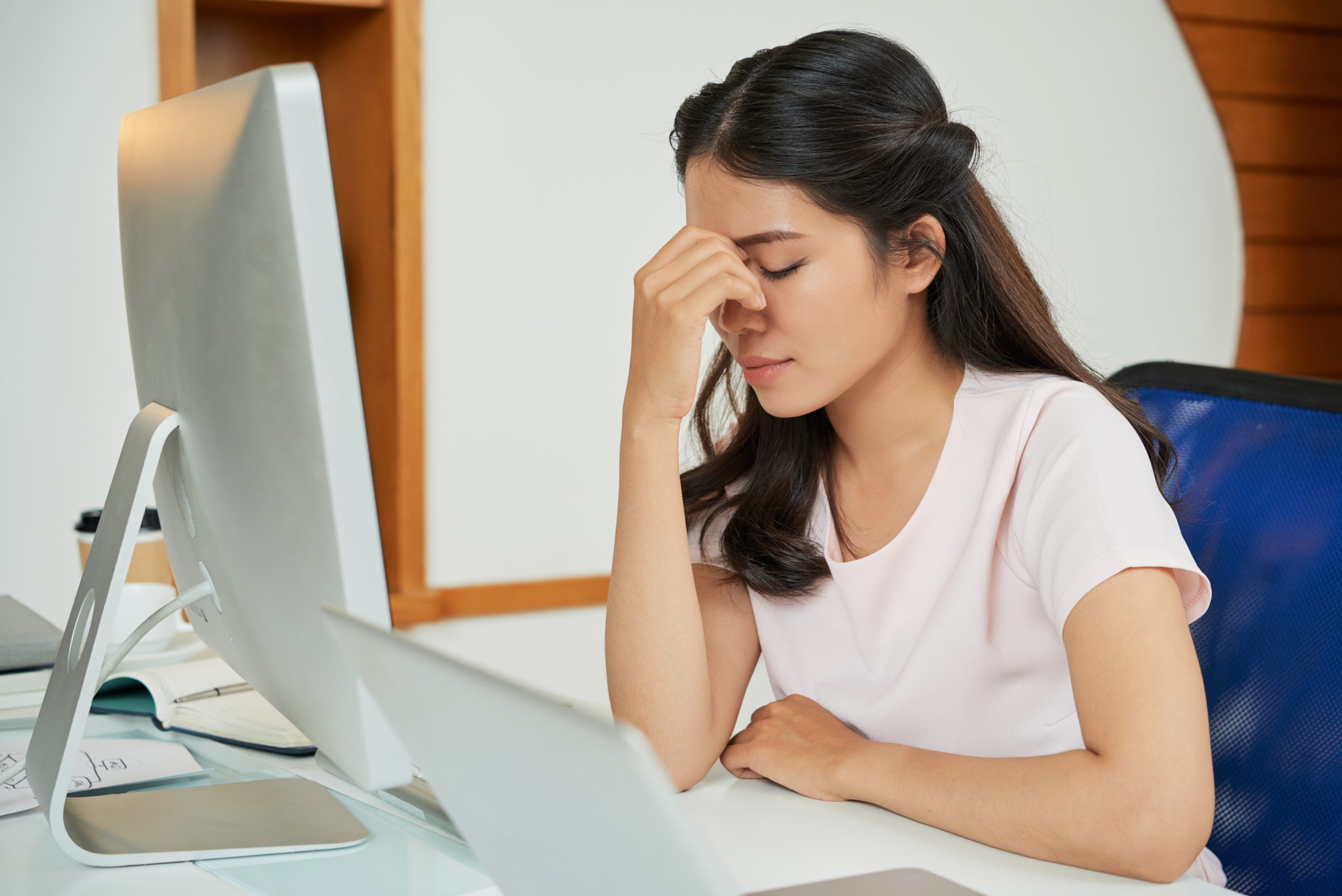Originally published in Pharm-Dx
Gig economy is a labour market characterized by short-term, flexible jobs, often involving freelance or independent work instead of traditional, permanent employment. Workers in the gig economy are typically paid per task, project, or “gig,” rather than receiving a regular salary.
The gig economy has revolutionized how people work, offering flexibility and independence. However, for freelancers, remote workers, and other gig workers, the demands of this lifestyle can take a toll on health—especially eye health. The prolonged screen time, irregular work hours, and tight deadlines often associated with gig work can contribute to several eye problems. Here are why your eye health might be at risk and what you can do to protect it.
Why Your Eye Health Could Be at Risk
1. Prolonged Screen Time
Freelancers often spend hours in front of a computer or smartphone, which can lead to computer vision syndrome (CVS), also known as digital eye strain. Symptoms include dry eyes, blurred vision, headaches, and neck or shoulder pain [1]. The lack of blinking while focusing on screens exacerbates dryness, making it a common complaint among gig workers.
2. Stress-Induced Eye Problems
Tight deadlines and unpredictable workloads can increase stress. Stress can significantly impact eye health by triggering or exacerbating conditions like dry eye syndrome, eye twitching, and light sensitivity, while disrupting normal tear production and potentially compromising overall eye comfort and function [2].
3. Inadequate Workspaces
Many gig workers operate from home or shared spaces without ergonomic or optimal lighting setups. Poor lighting and improper screen positioning can cause glare and strain on the eyes, further contributing to discomfort [3].
Solutions to Relieve Digital Eye Strain
Protecting your eyes doesn’t have to be complicated. Implementing simple habits and lifestyle changes can significantly reduce strain and promote healthier eyes:
1. Follow the 20-20-20 Rule
Every 20 minutes, take a 20-second break and look at something 20 feet away. This practice allows your eyes to relax and refocus, which helps prevent the development of dry eyes and other symptoms of digital eye strain [4].
2. Find the Right Eye Drops
Lubricating eye drops can alleviate dryness and irritation caused by prolonged screen use. Preservative-free eye drops are recommended to avoid irritation from additives. Sodium hyaluronate eye drops, in particular, are highly effective as they retain moisture and enhance tear film stability, providing longer-lasting relief for dry eyes [5].
There are various eye drops available in the market, find the right eye drops for your condition and lifestyle.
3. Incorporate Green Plants
Adding greenery to your workspace not only improves air quality but also provides a visual break from screens. Looking at natural greenery has been shown to reduce eye strain and improve focus.
4. Take Regular Breaks
Schedule short breaks every hour to rest your eyes and stretch your body. Stand up, walk around, or perform light exercises to improve blood circulation and reduce overall fatigue.
5. Adjust Your Workspace
Ensure your screen is at eye level, about 20–28 inches from your face, and use anti-glare filters if necessary. Position your workspace in a well-lit area to minimize strain caused by poor lighting.
6. Blue Light Protection
Consider blue light-blocking glasses or enable the “night mode” or blue light filter settings on your devices. These measures can reduce exposure to high-energy blue light that may disrupt sleep and strain the eyes.
References
- Kaur, K., Gurnani, B., Nayak, S., Deori, N., Kaur, S., Jethani, J., Singh, D., Agarkar, S., Hussaindeen, J.R., Sukhija, J. and Mishra, D. (2022). Digital Eye Strain- A Comprehensive Review. Ophthalmology and Therapy, [online] 11(5), pp.1655–1680. doi:https://doi.org/10.1007/s40123-022-00540-9.
- American Academy of Ophthalmology. (2023). Surprising Links Between Stress and the Eyes. [online] Available at: https://www.aao.org/eye-health/tips-prevention/anxiety-stress-dry-eye-glaucoma-iop
- American Optometric Association (2023). Computer Vision Syndrome. [online] American Optometric Association. Available at: https://www.aoa.org/healthy-eyes/eye-and-vision-conditions/computer-vision-syndrome?sso=y.
- Kumar, S. and Pandey, H. (2024). Impact of 20-20-20 Rule and Daily Reminders in Relieving Digital Eye Strain. International Journal of Science and Healthcare Research, 9(2), pp.339–351. doi:https://doi.org/10.52403/ijshr.20240244.
- Hamano, T., Horimoto, K., Lee, M. and Komemushi, S. (1996). Sodium hyaluronate eyedrops enhance tear film stability. Japanese Journal of Ophthalmology, [online] 40(1), pp.62–65. Available at: https://pubmed.ncbi.nlm.nih.gov/8739501/



